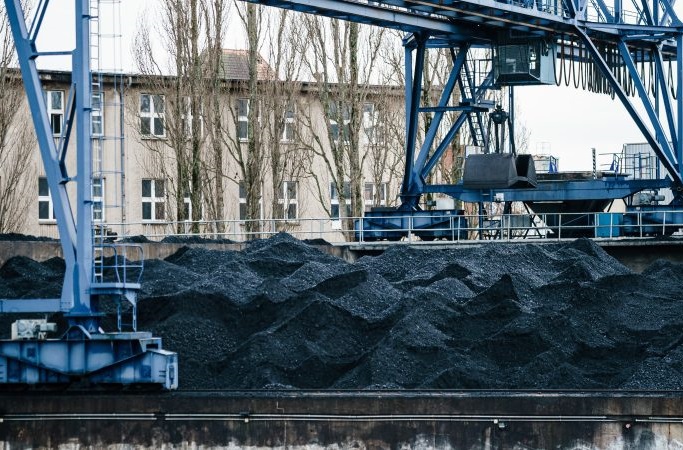11 Dec 2024

Tired Earth
By The Editorial Board

Heating grids are pipelines spanning cities, transporting hot water from power plants into homes. What originated from a Soviet fondness for centrally-planned solutions soon spread to Nordic countries after the 1970s oil crises.
Today, 12% of the EU’s heat and hot water needs are serviced by district heating, with the percentage going up to 40% in countries like Poland.
In Eastern EU countries, the water is heated chiefly by burning coal, but countries there will have to switch to greener alternatives in order to meet the EU’s climate neutrality goals.
Can they meet the challenge?
“Meeting the requirements in Poland will require, depending on the scenario, expenditures of more than €90 billion to decarbonise the district heating sector,” said Pawel Szczeszek, president of the Polish district heating company PTEZ and vice-president of the country’s electricity industry association PKEE.
“We are concerned about the excessive burden the transformation costs will impose on ours users,” he told participants at a recent EURACTIV event.
Especially challenging are cities like Warsaw, where a network of pipes 1,800 kilometres-long supplies 80% of homes with heat. A mere 7% of the energy used in Poland’s heating grids is green.
The clock is already ticking for Poland and other Eastern EU counties where dirty fuels play a dominant role in district heating.
“The Energy Efficiency Directive introduces several measures that are addressing the district heating sector and district cooling sector,” explained Madis Laaniste, policy officer for energy at the European Commission’s energy department.
For instance, it introduces benchmarks district heating systems need to meet in order to be labelled as “efficient” – a crucial requirement to qualify for state support, he added.
By 2028, heat grids must use a mix of 50% renewables, 50% waste, or 75% cogeneration heat from nearby industry and power stations in order to be labelled “efficient”. The requirements tighten gradually before district heating must be fully renewable or running on industry waste heat from 2050.
The EU’s renewables directive adds to the pressure, with an indicative target of boosting renewables in district heating by more than 2% per year, while relying on biomass to replace fossil fuels will become more challenging due to tighter sustainability rules.
“After 2030, there will be no support for the new investments using fossil fuels,” explained Laanise, adding that “after 2035, there will be no support for the systems that use only fossil fuels”.
Moreover, the price of CO2 certificates under the EU’s emissions trading scheme (ETS) are expected to rise by 2040 – above €400 per tonne according to some projections – putting the Eastern European district heating industry under pressure to transform.
But Poland’s district heating companies are not amused by the EU’s fuel mix requirements, saying it makes the gradual transformation of the grid more challenging.
“We see that it’s impossible to divide, for example, the district heating systems in Warsaw, in Gdansk, in Krakow into smaller parts,” explained Dorota Jeziorowska, a director at PTEZ. “Until 2045, combined heat and power units will definitely be needed,” she added, saying state support will be essential to make the transformation happen.
Radan Kanev, a conservative EU lawmaker from Bulgaria, argued that state support may not be enough
“The transformation of such huge facilities is a very difficult task,” he told the event. “It is certainly expensive, but it is also a very serious engineering challenge without an obvious solution.”
How, then, should district heating companies meet the time-pressure from Brussels while grappling with the engineering side of such a large-scale transformation?
Julien Joubert, who works on transformation planning at Energy Cities, a European association of local authorities, offered a Central European vision to Eastern Europe: Vienna.
Not unlike Poland and Bulgaria, Vienna burns fossil fuels, waste, and biomass to heat its millions of residents.
“Now Vienna’s strategy is not to go to biomass but really develop geothermal energy and also recover the waste heat produced by industry,” he said at the Euractiv event. Munich had similar plans, Joubert added.
From 2026, Vienna’s utility Wien Energie plans to serve 20,000 households with hot water from geothermal, a figure that will rise to 120,000 households by 2030 before the city’s heating grid becomes entirely climate neutral by 2040.
It’s a future hard to imagine for Warsaw, however, where the utility in charge eyes coal-heated water well into the mid 2040s.
Source : euractiv.com
Comment